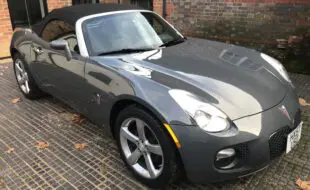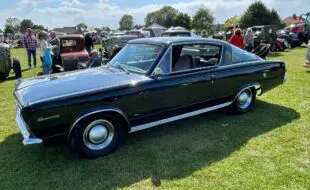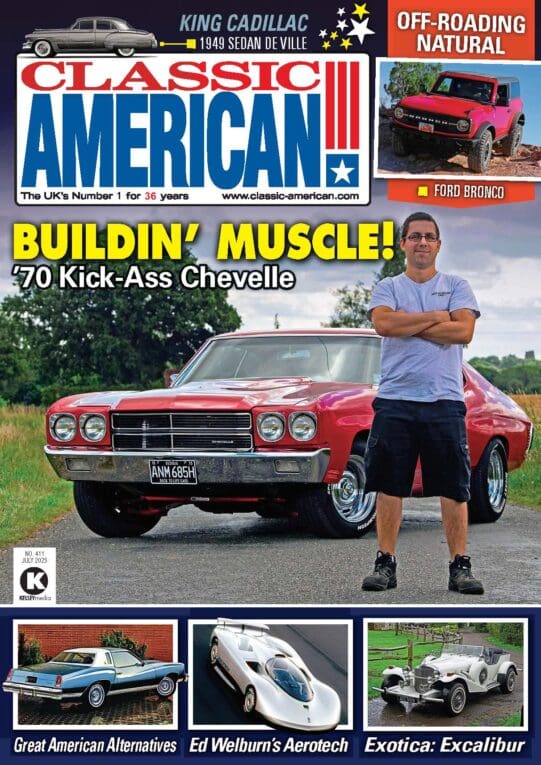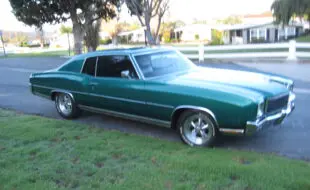From the outside, the Hudson Hornet was elegant and unassuming – but on a race track it was virtually unbeatable. Ultimately developed to produce 210bhp, this ultra-rare 1954 Special coupe is exactly what’s meant by the phrase ‘factory hot rod’, as Zack Stiling finds out…
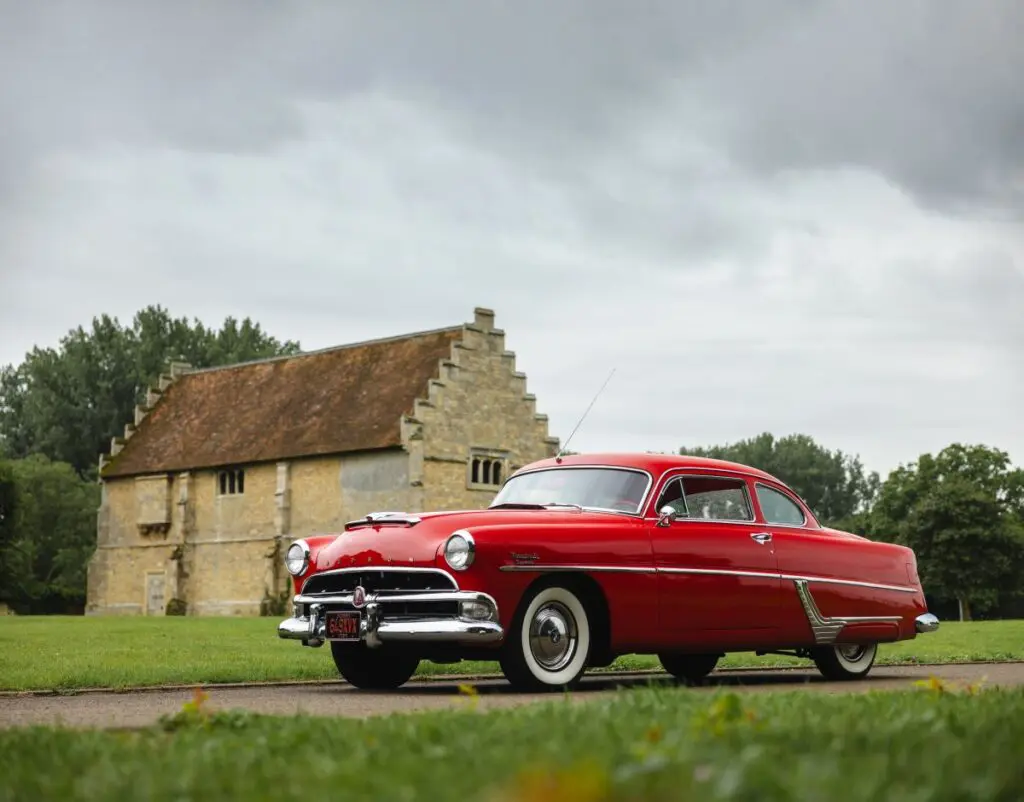
Words: Zack Stiling Photography: Gary Chapman
The American motor industry of the Fifties is remembered as a time of prosperity and glamour, dominated as it was by the Big Three carmakers. For the last few remaining independent carmakers, times were harder and the twilight was approaching. The eventual demise of Nash, Hudson, Packard, Studebaker et al, was sad for a number of reasons, not least because their products were arguably the most interesting. Nash, for example, experimented with aerodynamics in the pursuit of economy and efficiency, while Hudson’s postwar party trick was its ‘Step-Down’ design for enhanced safety, comfort and handling.
Though Hudson had a 50-year life from 1908 to 1957, its name was forgotten by many until Disney gave everyone’s memory a jog with its 2006 film Cars. For many enthusiasts, the star of the film was Doc Hudson, aka the Fabulous Hudson Hornet, who had been a NASCAR star in the early Fifties. In real life, the Fabulous Hudson Hornets were a series of NASCAR racers piloted by leading drivers which won dozens of races throughout 1951, ’52 and ’53. One racer, Marshall Teague, boasted of getting 112mph out of a Hornet which satisfied the NASCAR definition of ‘stock’.
Enjoy more Classic American reading in the monthly magazine.
Click here to subscribe & save.
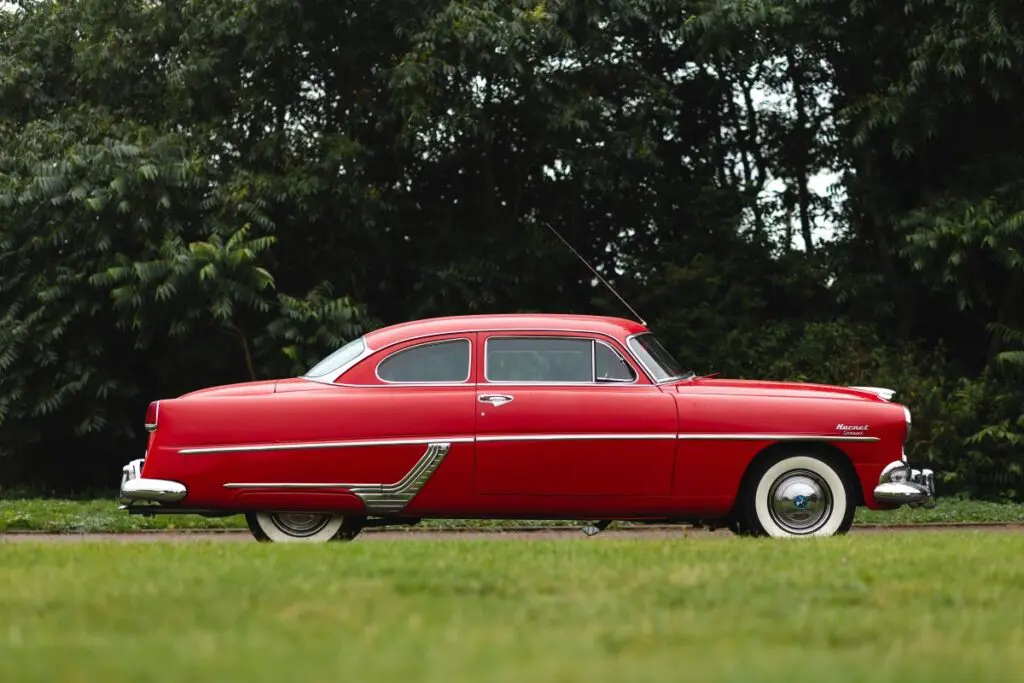
It was the influence of Cars which led Mike Stanley to buy this extremely rare 1954 Hudson Hornet Special coupe. A lifelong car enthusiast, he says, “I’ve been interested in cars since about five years of age, and I knew every British car on the road by the age of six. I just had a fascination with the automobile, it didn’t matter whether they were British, European or American. I’m now in my seventies and the Hudson is my 238th car… Years ago, what I used to do on a Wednesday night was pick up Exchange & Mart, look for a car I fancied, run it for a week, enjoy it, and then sell it on and try the next car.”
For Mike, America produced some fine cars, but none quite so fine as the ‘Step-Down’ Hornet. “I just fell in love with the design. It was very innovative when it came out and it won in NASCAR for four years on the trot. I love the flowing lines and the fact it was a fast car in its day. It really was a very good car and it stuck in my mind that I’d like one. I’d had Trans Ams, Corvettes and Mustangs, but never a Hudson, and then somebody prompted me to go and see Cars and that convinced me that it was the car I’d like to have. I wanted specifically a two-door coupe, but I also wanted it to be a Special, because only 77 were built in 1954. I looked for this Hornet for a long time, saw an advert on eBay in America and got an agent to have a look at it. He gave it the green light.”
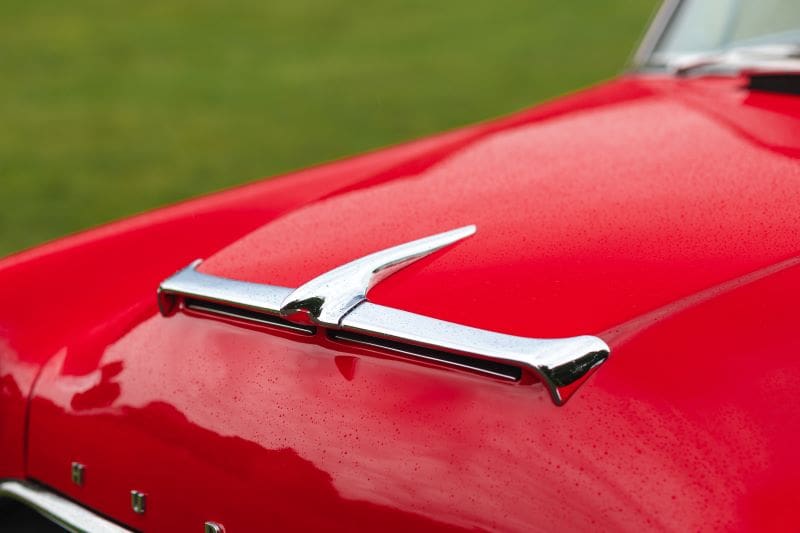
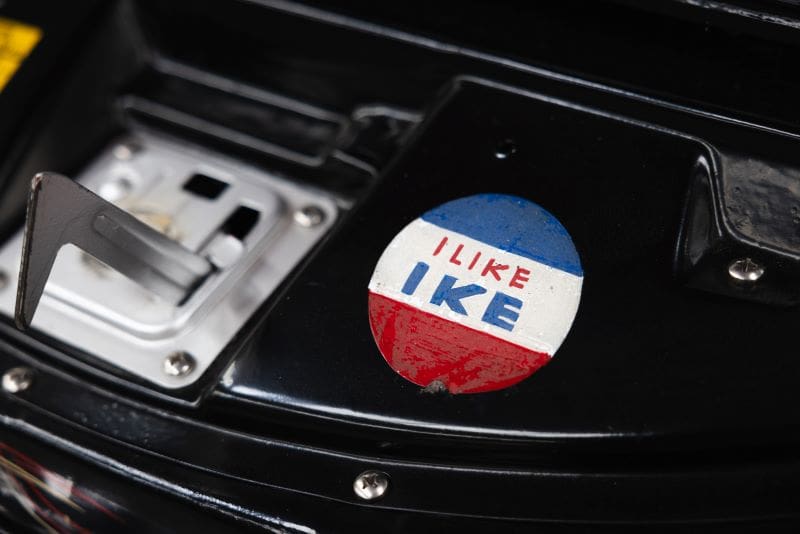
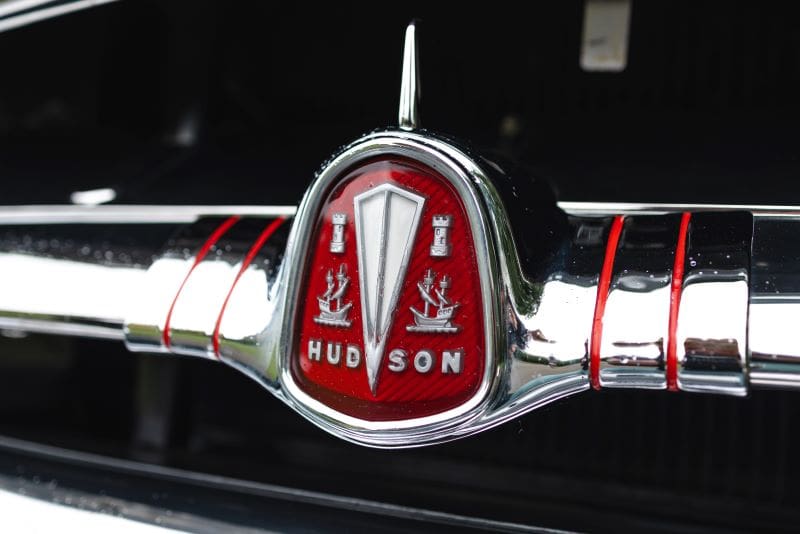
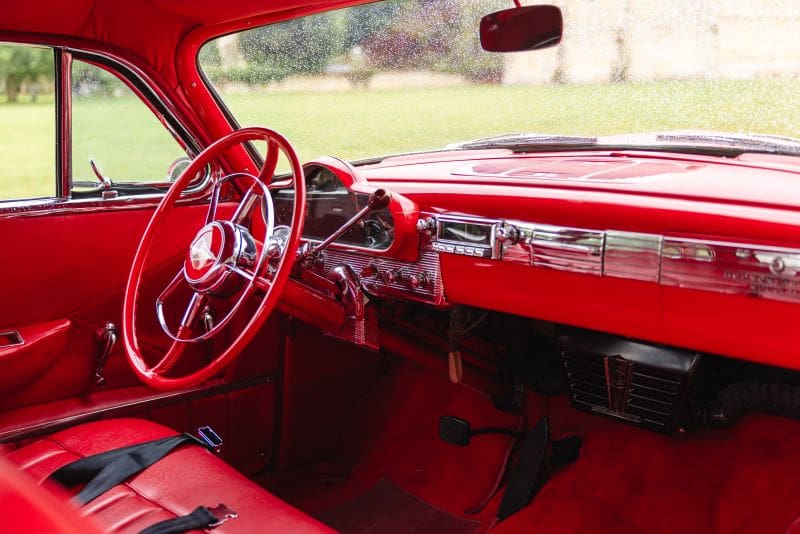
With that, in 2021 this lipstick red Special coupe landed on British soil. Hudson really owed its post-war reputation to its ’48 model, which was its first truly new model after hostilities ceased. As an early adopter of unitary construction, it was able to produce a sleek, ground-hugging car, with an extremely low centre of gravity and an unmistakeably modern appearance, while in silhouette the cars of the Big Three still appeared very much pre-war. The dropped floorpan earnt it the ‘Step-Down’ nickname, and its low centre of gravity helped with performance and handling as well as looks. That wasn’t all – 1948 saw the introduction of a new 262cu in, 121bhp Super Six engine, which by 1951 was developed into the 308cu in, 145bhp Hornet engine, then the largest L-head six on sale.
The success of the Hornet in racing speaks for the excellence of its design and engineering, but with a car-buying public that enjoyed the novelty of built-in obsolescence, Hudson had made a rod for its own back. Unitary construction made the Step-Downs difficult to restyle, and interest in them dwindled while Hudson’s preoccupation with introducing a small car, the unpopular Jet, plunged it into the red. A significant facelift for the Hornet was managed for 1954, which was also the year that Hudson was placed on life support through a merger with Nash. The new Hudsons for ’55 were awkwardly remodelled Nashes and the marque was dropped entirely after ’57, making Mike’s Hornet, which was built in the second week of September 1954, one of the very last true Hudsons.
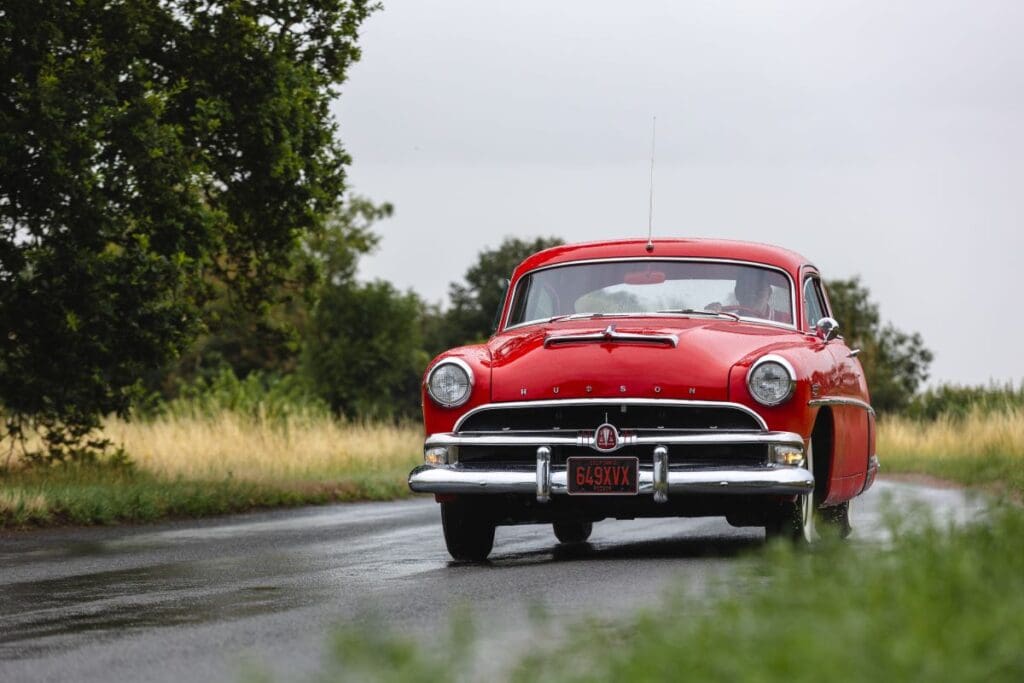
Even though Hudson’s financial decline might give the impression that the Hornet was stagnating, nothing could be further from the truth. For 1953, Twin H-Power became an option on the Hornet engine, comprising twin carburettors and a dual manifold. Later in the year, the 7-X race engine appeared, with cylinder bores increased by .020in, larger valves, higher compression, a specially-designed cam and head, plus the Twin H-Power set-up. It produced a whopping 210bhp. Despite its name, the 1954-only Hornet Special was actually a lower-priced version of the Hornet, but with 7-X power, as in Mike’s, it was truly special indeed. For even faster speeds, there was no shortage of racers wanting to tune Hudsons, and one of the specialists was Ike Smith. Mike’s Special survives with quite a bit of its early history intact and, sure enough, we find a Smith connection…
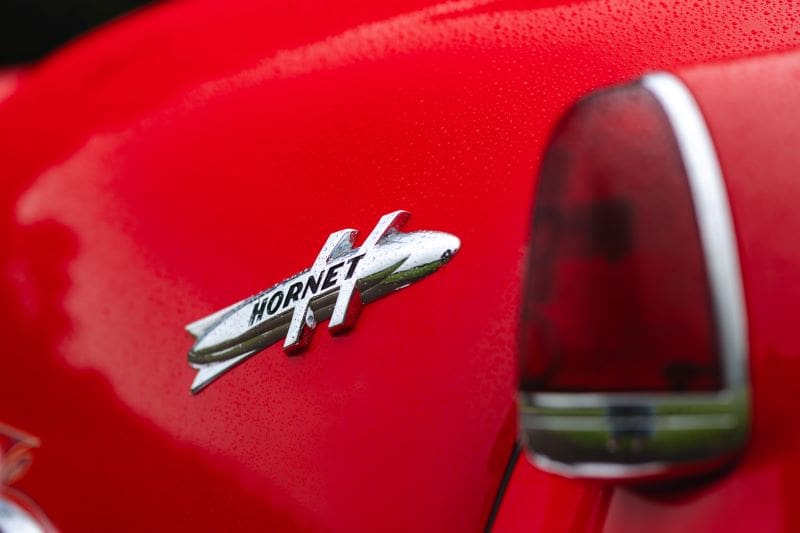
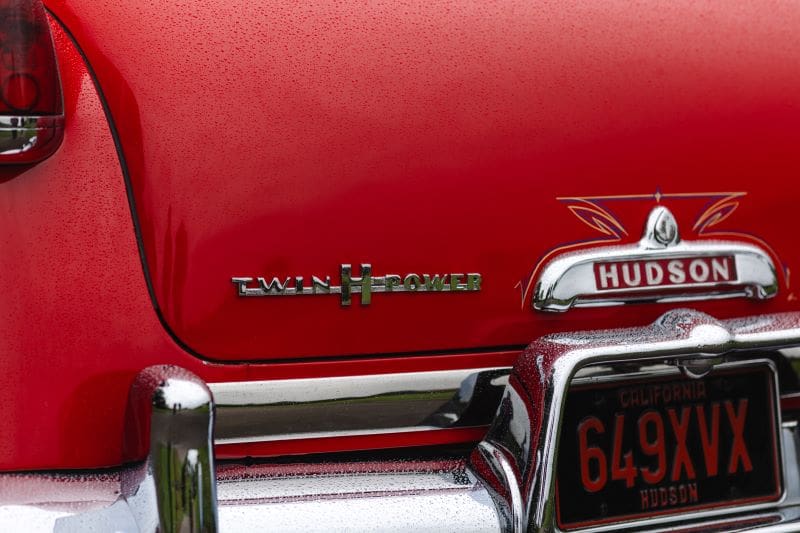
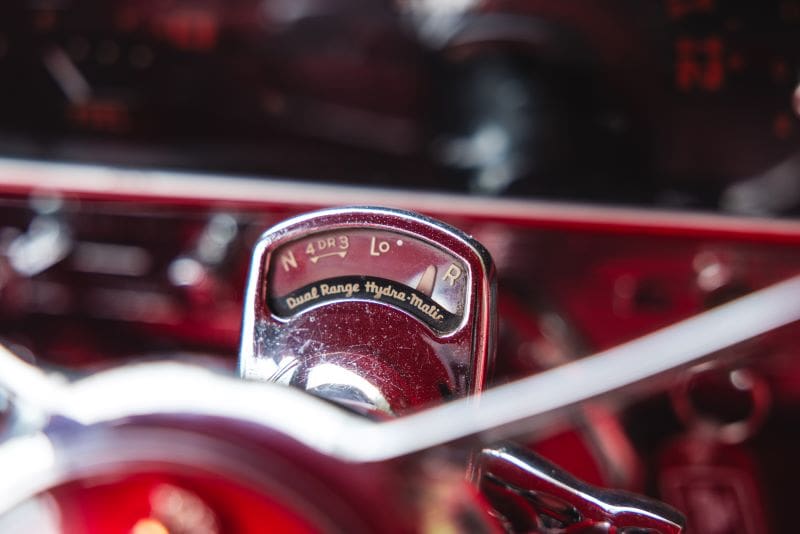
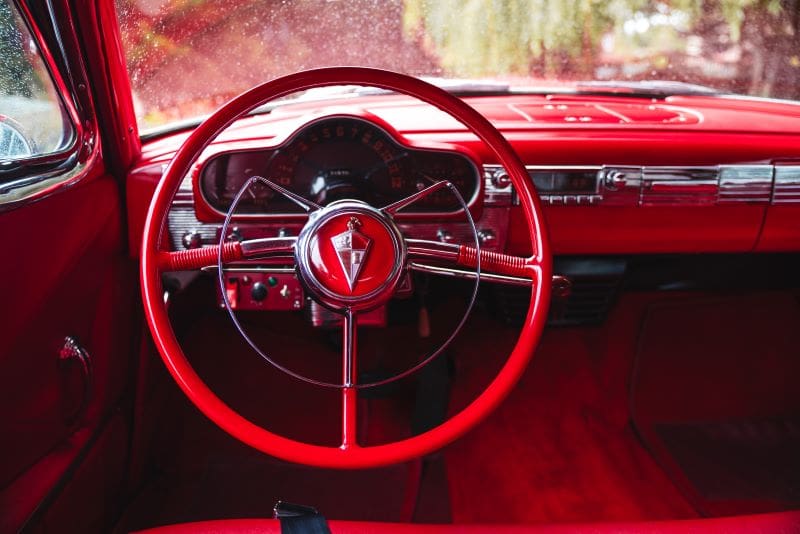
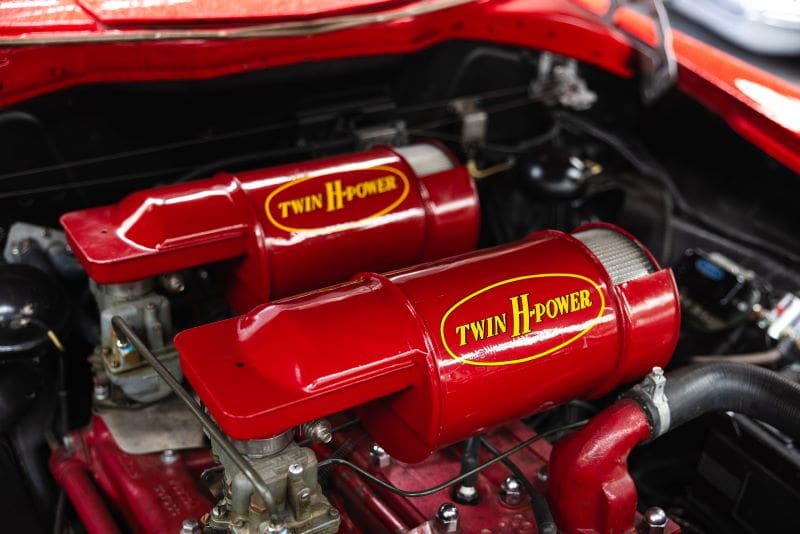

Originally sold through Covina Hudson of Covina, California, it left the factory with a manual gearbox with overdrive, following a fire at the Hydra-Matic factory which produced the automatic gearboxes. Sometime in the years 1965-1967, it was bought by its second owner, a junior college student and drag racing enthusiast called Wayne Graefen who didn’t live too far from the Quonset hut on Los Angeles’s Riverside Drive where Smith spent his days spinning spanners. On any evening, as the golden sun sank slowly into the Silver Lake Reservoir, Smith’s doors would be open and fellow enthusiasts were always welcome to borrow their host’s tools, ask for some advice or just listen to his stories, and it was there that Graefen and Smith turned it into a street ‘n’ strip fiend. Smith give his help freely, but Graefen still lacked the funds to go racing in earnest. However, he did enter the Hornet in one race at Irwindale and returned home with an M/SA trophy. The Hydra-Matic gearbox presently installed is said to have been Smith’s handiwork.
After the Sixties, the car was bought by a collector who parked it under a walnut tree in Arizona and left it there for 40 years. Because of the dry climate, it was unhurt by rot, but the sun burnt away the blue-green paint and dried out the cloth interior, so when an enthusiast rescued it, it was in need of substantial restoration. Says Mike: “It went back to bare metal, the engine, gearbox and diff were all rebuilt, all the braking system and electrics were done, the interior was replaced and so was the chrome, of course. It’s not in its original colours but I’m happy with that. I don’t get anal about originality. The guy that rebuilt it I think did a good job.”
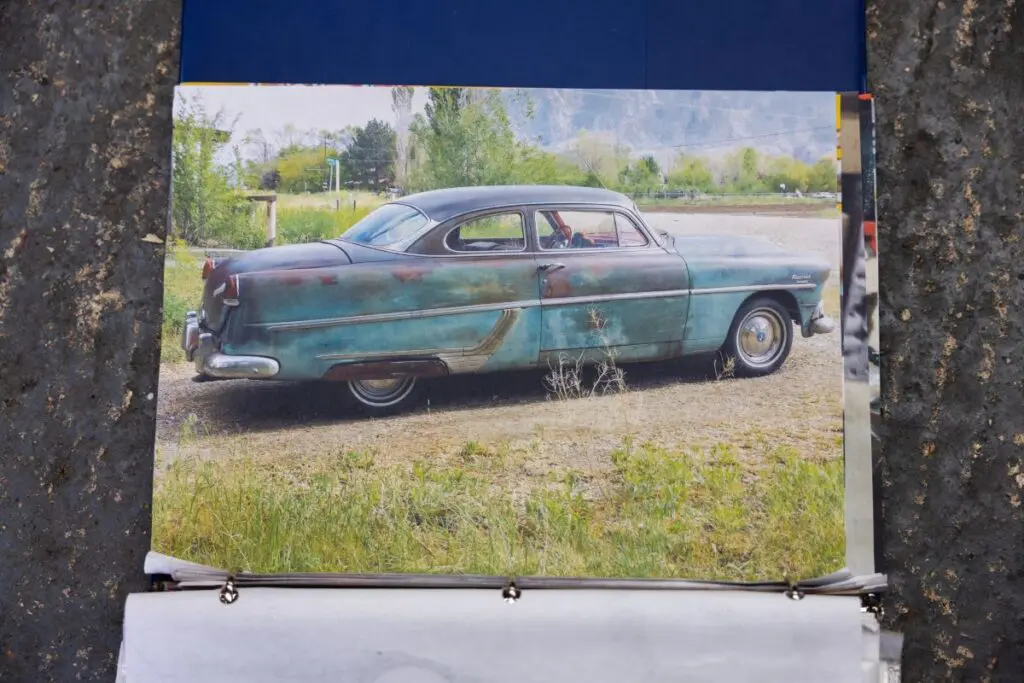
Mike is now getting plenty of use out of the Hornet, which we’re pleased about, because you won’t see another like it. Of the 77 1954 Special coupes made, it’s understood to be the only one in Europe, and the Hudson Essex Terraplane Club only knows of six on the road in America. The ownership of rare cars, with their rare parts, can sometimes be a challenge, but Mike understands the territory well enough. “When you buy these cars, you’ve got to be able to store them, and I store it in a barn on a farm. Steve Foster is the guy who’s provided the storage and the knowhow to keep it on the road, so I’m indebted to him. The car is running beautifully now thanks to Steve, who maintains it for me. I am to mechanics what King Herod was to baby-sitting…
“I enjoy driving old cars. It’s got no power-steering, but I’m used to that. It’s on cross-plies and it drives really well. It’s got the automatic gearbox which functions well. You’ve just got to remember it’s an old car, so why thrash it? It’s got a good heater, it drives like a Fifties car and I’m happy with it. Parts are not too bad. I’ll contact the Hudson Essex Terraplane Club in America should I need something and they can usually find it for me.” Mike was honoured when the Hudson was named Best Yank at the A602’s Autorama Show in September 2023, and he was pleased to find that other people appreciate it as much as he does. After 237 previous cars, he’s finally found ‘the one’: “This will probably be my last car. I don’t yearn for any other. I’ve looked and looked and as far as I’m concerned there’s not another I now fancy. I know it sounds clichéd, but I’ve fallen in love with it.”



